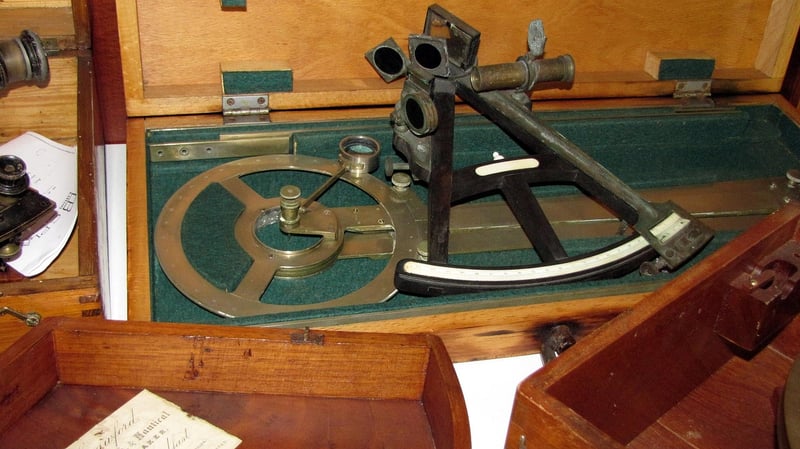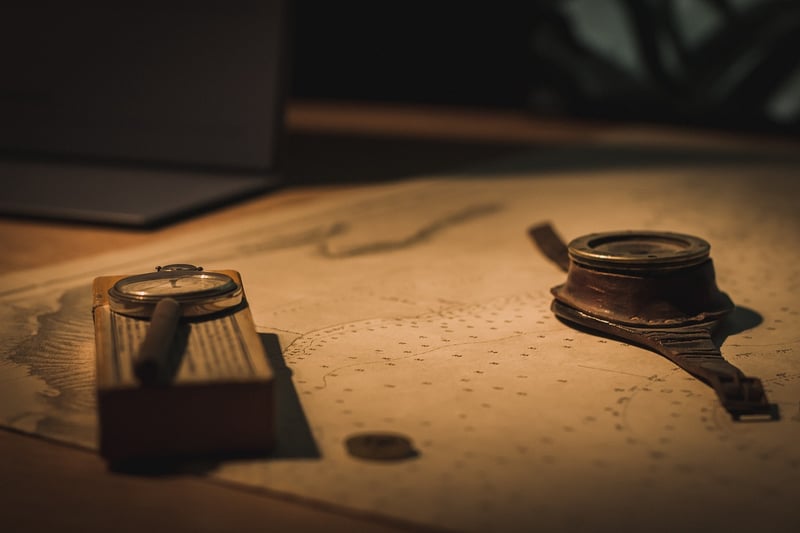Celestial Navigation Tools
Unearth Cosmic History and Celestial Navigation Tools
The Fascinating World of Cosmic History
Delve into the depths of time and space to uncover the mesmerizing history of our universe. From the Big Bang to the formation of galaxies, stars, and planets, each chapter in cosmic history tells a story of awe-inspiring magnificence.
Embark on a journey through the evolution of the cosmos, exploring the birth and death of celestial bodies, the forces shaping the universe, and the mysteries that continue to intrigue scientists and stargazers alike.
Tools for Celestial Navigation
For millennia, humans have looked to the skies for guidance, using stars, planets, and other celestial bodies as reference points for navigation. Today, modern technology has enhanced our ability to navigate the night sky, but traditional celestial navigation tools still hold a special place in our hearts.
Astrolabe
The astrolabe, an ancient instrument used for solving problems related to time and the position of celestial objects, has been a vital tool for astronomers and navigators throughout history. Its intricate design and functionality make it a symbol of humanity's quest to understand the cosmos.

Sextant
The sextant, with its ability to measure the angle between two visible objects, such as a celestial body and the horizon, revolutionized maritime navigation. Sailors and explorers depended on this precise instrument to determine their position at sea, paving the way for great voyages of discovery.

Star Charts
Before the age of GPS and digital mapping, ancient civilizations created intricate star charts to navigate the night sky. These celestial maps plotted the positions of stars and constellations, guiding travelers across land and sea with celestial precision.

Whether you're a history enthusiast, an aspiring astronomer, or simply captivated by the wonders of the cosmos, exploring cosmic history and celestial navigation tools offers a glimpse into the vastness and beauty of the universe.
